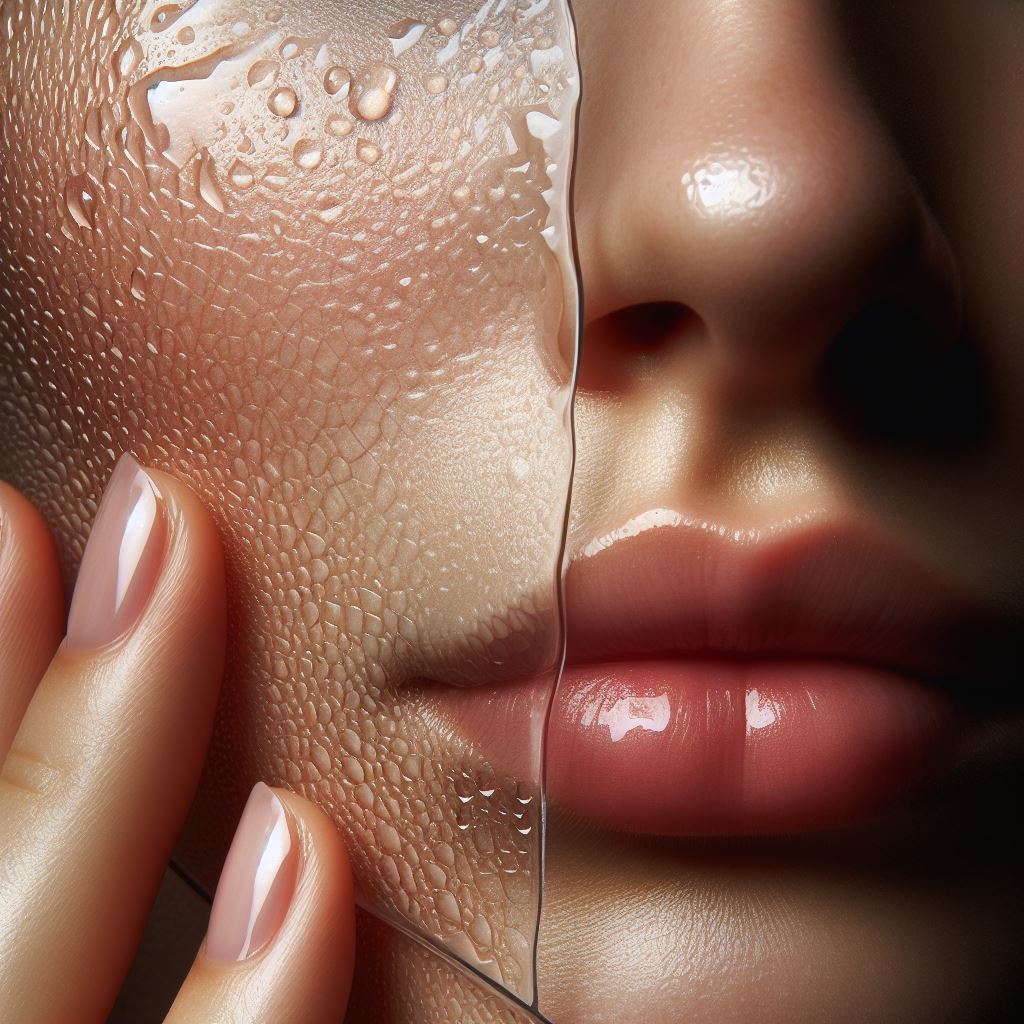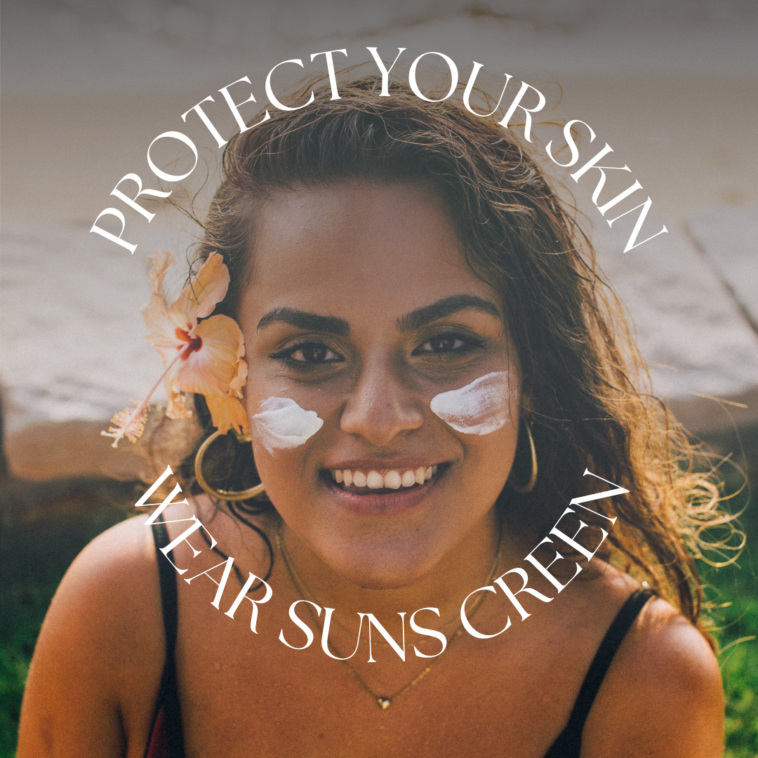As women, we cherish the warmth of the sun on our skin, yet its rays harbor hidden dangers that can jeopardize our skin’s health and beauty. Understanding the intricacies of sun protection is paramount in safeguarding ourselves against the sun’s harmful effects. This article delves into the scientific facts surrounding sun protection, illuminating essential insights that every woman should know.
1- Weakening of Skin Barrier:

- UV radiation can compromise the integrity of the skin’s natural barrier function, making it more susceptible to damage and inflammation.
- Exposure to UV rays can disrupt the skin’s lipid layer, which plays a crucial role in retaining moisture and protecting against environmental stressors.
- Scientific research has shown that chronic sun exposure can lead to a decrease in skin barrier function, resulting in increased transepidermal water loss (TEWL) and dryness.
- Women with compromised skin barrier function may experience heightened sensitivity, irritation, and an increased risk of developing skin conditions such as eczema and dermatitis.
2- UV Radiation and Skin Damage:

Ultraviolet (UV) radiation from the sun is a leading cause of skin damage, including premature aging, wrinkles, and skin cancer. UV rays penetrate the skin and can cause DNA damage, leading to mutations and cellular changes that contribute to aging and increase the risk of skin cancer.
3- Sun rays and Premature Aging:

- Sun rays especially UVA radiation penetrate deeper into the skin than UVB rays and contribute to premature aging, also known as photoaging.
- UVA rays are present throughout the day and can penetrate clouds and glass, making them a constant threat to the skin even on cloudy or indoor days.
- UVA exposure accelerates the breakdown of collagen and elastin fibers in the skin, leading to wrinkles, fine lines, and loss of elasticity.
- Women are more susceptible to UVA-induced premature aging due to hormonal changes that affect skin structure and function, particularly during menopause when estrogen levels decline.
4- Skin Cancer Risk:

- Both UVB and UVA radiation are implicated in the development of skin cancer, including basal cell carcinoma, squamous cell carcinoma, and melanoma.
- UVB radiation directly damages DNA in skin cells, leading to mutations that can trigger the uncontrolled growth of cancerous cells.
- UVA radiation contributes to skin cancer by suppressing the immune system’s ability to detect and destroy cancerous cells, allowing tumors to proliferate unchecked.
- Women are advised to take proactive measures to reduce their risk of skin cancer, including wearing protective clothing, seeking shade, and applying broad-spectrum sunscreen daily.
5- Immune Suppression:
- UV radiation from the sun can suppress the immune system’s ability to detect and destroy abnormal cells, including cancerous cells.
- Exposure to UV rays induces immunosuppressive effects in the skin, impairing the function of immune cells called Langerhans cells.
- Scientific studies have demonstrated that UV-induced immune suppression can increase the risk of skin cancer by allowing cancerous cells to evade detection and proliferate unchecked.
- Women with weakened immune systems, such as those undergoing immunosuppressive therapy or living with conditions like HIV/AIDS, are particularly vulnerable to the immunosuppressive effects of UV radiation.
Understanding the detrimental effects of sun rays on women’s skin is essential for promoting sun-safe behaviors and minimizing the risk of sun damage, premature aging, and skin cancer. By prioritizing sun protection measures such as wearing sunscreen, seeking shade, and wearing protective clothing, you can preserve the health and vitality of your skin for years to come.





4 Pings & Trackbacks
Pingback:05 Basic Skin Care Routine Tips | NittiosexTips
Pingback:Skincare during pregnancy: The Guide to Safe Sincare during Pregnancy | NittiosexTips
Pingback:Top 06 K-Beauty Skincare Trends in 2024 | NittiosexTips
Pingback:08 Hacks & Anti Aging Techniques to Turn Back Time! | NittiosexTips